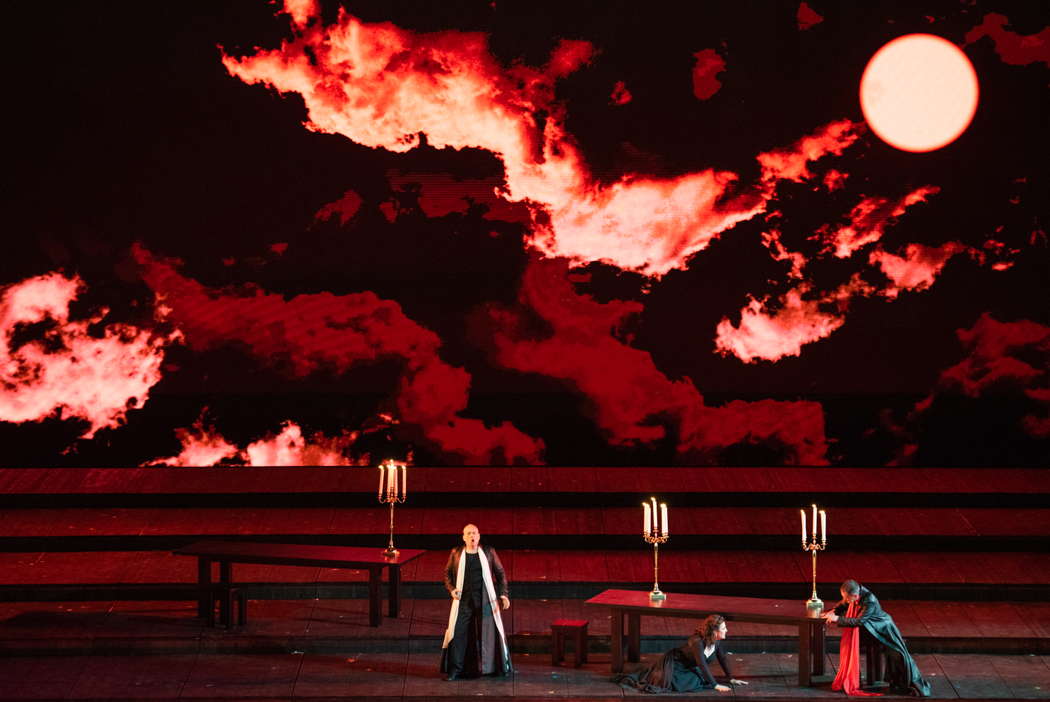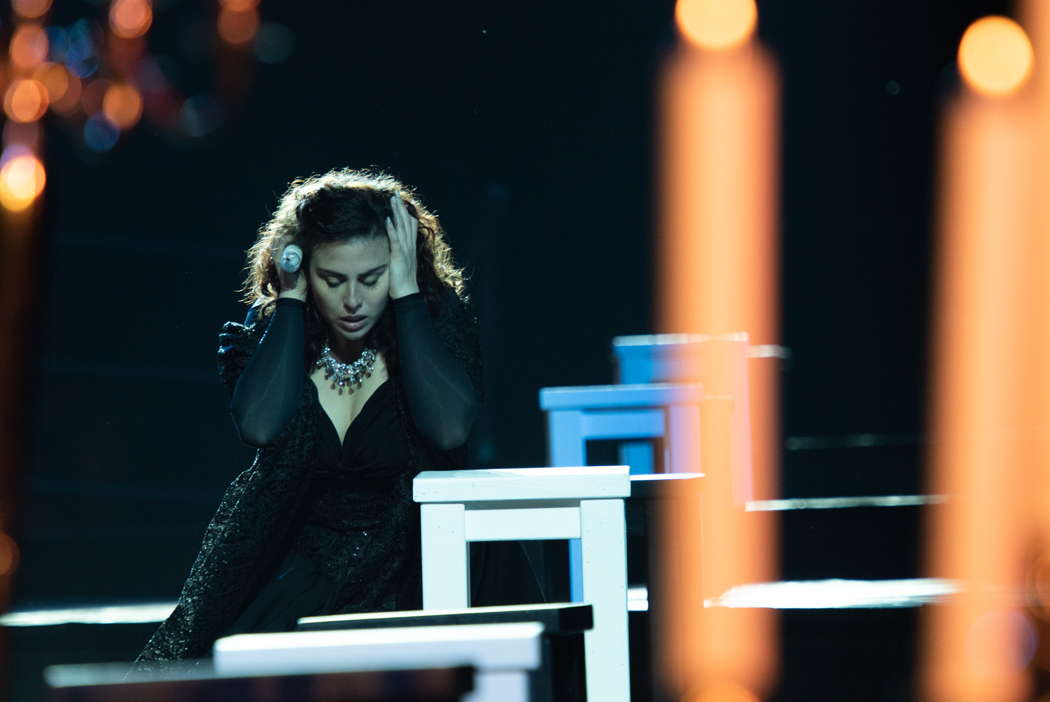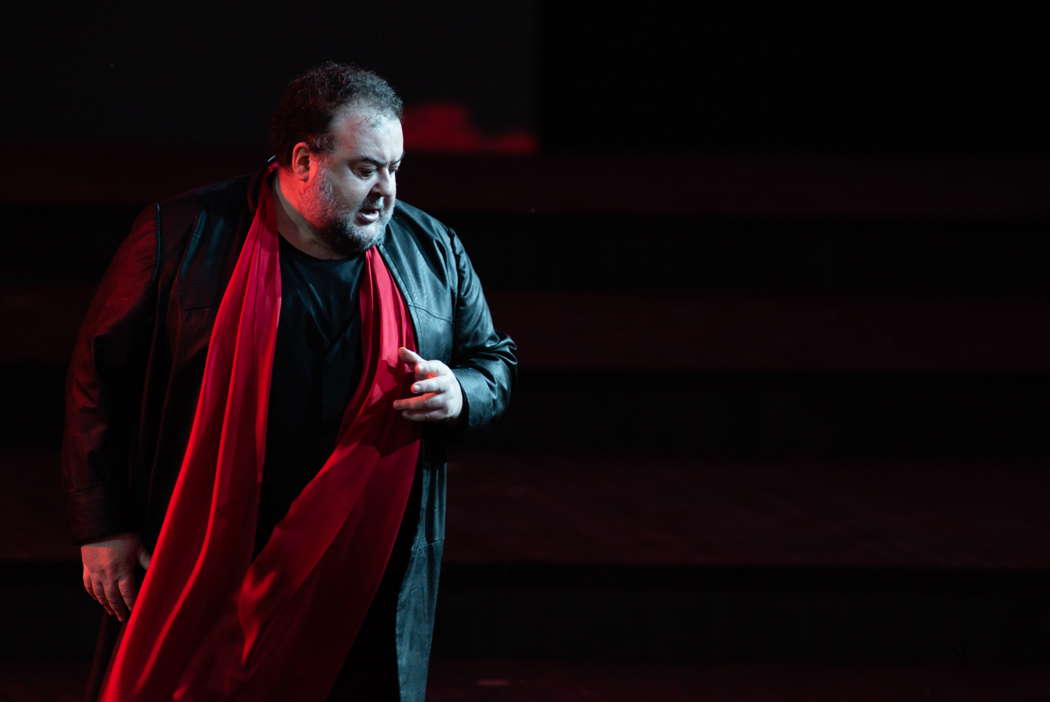 DISCUSSION: Defining Our Field - what is 'classical music' to us, why are we involved and what can we learn from our differences? Read John Dante Prevedini's essay, watch the panel discussion and make your own comments.
DISCUSSION: Defining Our Field - what is 'classical music' to us, why are we involved and what can we learn from our differences? Read John Dante Prevedini's essay, watch the panel discussion and make your own comments.
 DISCUSSION: John Dante Prevedini leads a discussion about Composers, individuals or collective?, including contributions from David Arditti, Halida Dinova, Robert McCarney and Jane Stanley.
DISCUSSION: John Dante Prevedini leads a discussion about Composers, individuals or collective?, including contributions from David Arditti, Halida Dinova, Robert McCarney and Jane Stanley.
 VIDEO INTERVIEW: Ona Jarmalavičiūtė talks to American choral conductor Donald Nally, director of The Crossing, in this fascinating, illustrated, one hour programme.
VIDEO INTERVIEW: Ona Jarmalavičiūtė talks to American choral conductor Donald Nally, director of The Crossing, in this fascinating, illustrated, one hour programme.
Black and White
Verdi's 'Il trovatore' from Teatro dell'Opera di Roma, reviewed by GIUSEPPE PENNISI
Teatro dell'Opera di Roma inaugurated its short but intense summer season - three operas, two ballets and two concerts, from 15 June until 6 August 2021 at the Circus Maximus - with Il trovatore, a popular work but not easy to produce, from either a dramaturgical or a musical point of view. It was an important inauguration after the long period of lockdown. The Head of State, the Mayor of Rome, some Ministers and numerous ambassadors were present: an 'event', therefore, of great importance to mark the resumption of live opera performances.
Il trovatore is Verdi's first opera that was not composed following a commission by a theatre or by an impresario but due to his desire to translate the novel by Gutierrez - an author who also inspired Simon Boccanegra - into music for the stage. This is emphasized by the French musicologist Jacques Bourgeois in a massive biography of the composer. Verdi himself insisted that the opera be accepted by the Apollo Theatre in Rome. A real provocation. The Pope's censorship did not notice the contents of the work. Bringing to the capital of the Papal State, on 19 January 1853, a bleak story of love, war and death in an incredible medieval Spain meant talking about revolution and Risorgimento to those who had fought and suffered for the short-lived 1849 Roman Republic.
Music literature has conflicting opinions about the work. For example, Claudio Casini considers it 'a keystone among Verdi's works' but Massimo Mila sees 'staggering ups and downs'. In my opinion, the opera is a musical keystone: without having in mind Il trovatore, Verdi would not have given Rigoletto its musical slant. It is important for the political role of Verdi in the movement of national unity: Il trovatore opens the door to Les Vêpres Siciliennes – a clearly and decidedly patriotic opera.
In the last new production of Il trovatore at Teatro dell'Opera di Roma in 2017, director Alex Ollé of Fura del Baus set the story in the First World War trenches. A production by Elijah Moshinsky carried the unlikely story from the Spanish Middle Ages to 1860 or so; it was commissioned in 2002, by the Teatro Real in Madrid and London Royal Opera House, but seen all over the world. For the Italian audience Manrico (in red shirt) was a Garibaldian leader and for the American public the memory brought back Gone with the wind and the battle of Manassas. Paul Curan made a similar choice in a production for the opera theatres of Bologna and Ancona. For over a decade, the Hungarian Opera in Budapest staged Il trovatore entirely set in the Valle de los Caídos in Spain where the fallen fighters of the Spanish Civil War lie. In Salzburg (and at La Scala) we also saw a production where the plot takes place in a museum and the characters 'come out' of the paintings. This indicates the variety of approaches in staging a complicated plot that, in my memory, only Luchino Visconti at La Scala in the 1960s and Franco Zeffirelli at the Arena di Verona in the 1990s kept faithful to the original libretto.
Lorenzo Mariani and his collaborators - especially Fabio Massimo Iaquone and Luca Attilii for the effective videos - had to grapple with a huge stage - 1,500 square metres. They set Il trovatore in an almost timeless context: the costumes are between Medieval and Renaissance, the set is the stage with large steps and a minimum of props, giving attention to the acting. It was strictly black and white, interrupted at times by flames in the video projections. The absurd story is in a purely operatic context without any historical reference, to emphasize mainly the music and singing. It was a smart choice that the audience liked.

A scene from Verdi's Il trovatore at the Circus Maximus in Rome. Photo © 2021 Fabrizio Sansoni
Daniele Gatti conducted masterfully, and cunningly, by alternating moments at which he tightened the tempos with moments at which he dilated them as well as highlighting groups of instruments. For example, at the beginning of Act II Scene 1, after a quick and tight gypsy choir, Stride la fiamma is dilated (to underline its dramaturgical centrality) and even more so the duet between Azucena and Manrico. There is great emphasis on horns, sometimes almost juxtaposed to the abandonment of the strings.
Il trovatore requires four great voices. On the evening of 15 June 2021, the two female protagonists, Roberta Mantegna and Clémentine Margaine, were quite a few inches taller, vocally, than the two male protagonists Fabio Sartori and Christopher Maltman. Roberta Mantegna soared with her clear and shiny timbre, her very agile coloratura and her careful singing method; she is among the greatest dramatic agility sopranos.

Roberta Mantegna in Verdi's Il trovatore at the Circus Maximus in Rome. Photo © 2021 Fabrizio Sansoni
Similarly, Clémentine Margaine (appreciated as Carmen in France and Germany) at her debut in Rome, interpreted an Azucena of great standing, able to descend to very low registers, almost as an alto, as required for the role.
Fabio Sartori, on the other hand, appeared slightly tired, with little vibrato, and received applause not an ovation at the end of 'Di quella pira' without the traditional high C - although this was never foreseen by Verdi.

Fabio Sartori in Verdi's Il trovatore at the Circus Maximus in Rome. Photo © 2021 Fabrizio Sansoni
Christopher Maltman offered a professional Conte di Luna, but without the sensuality required, for example, in 'Il balen del suo sorriso'.
Marco Spotti was a punctual Ferrando. The young people of the Progetto Fabbrica in the minor roles were good. As always, the orchestra and chorus of the Teatro dell'Opera di Roma performed to a high level.
A great success.
Copyright © 17 June 2021
Giuseppe Pennisi,
Rome, Italy



